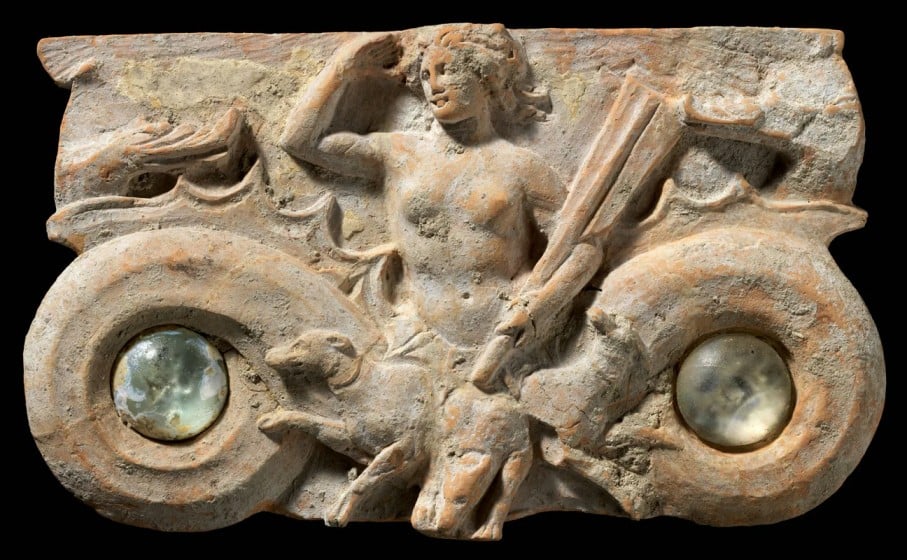
Ancient Greek mythology is full of a huge variety of monsters. Since the Greeks were a sea-faring nation, it is no wonder that they were fascinated by stories of monsters of the sea. In this article, we will take a look at some of the most famous sea monsters that feature in the tales of Ancient Greek heroes and explorers.
Scylla and Charybdis
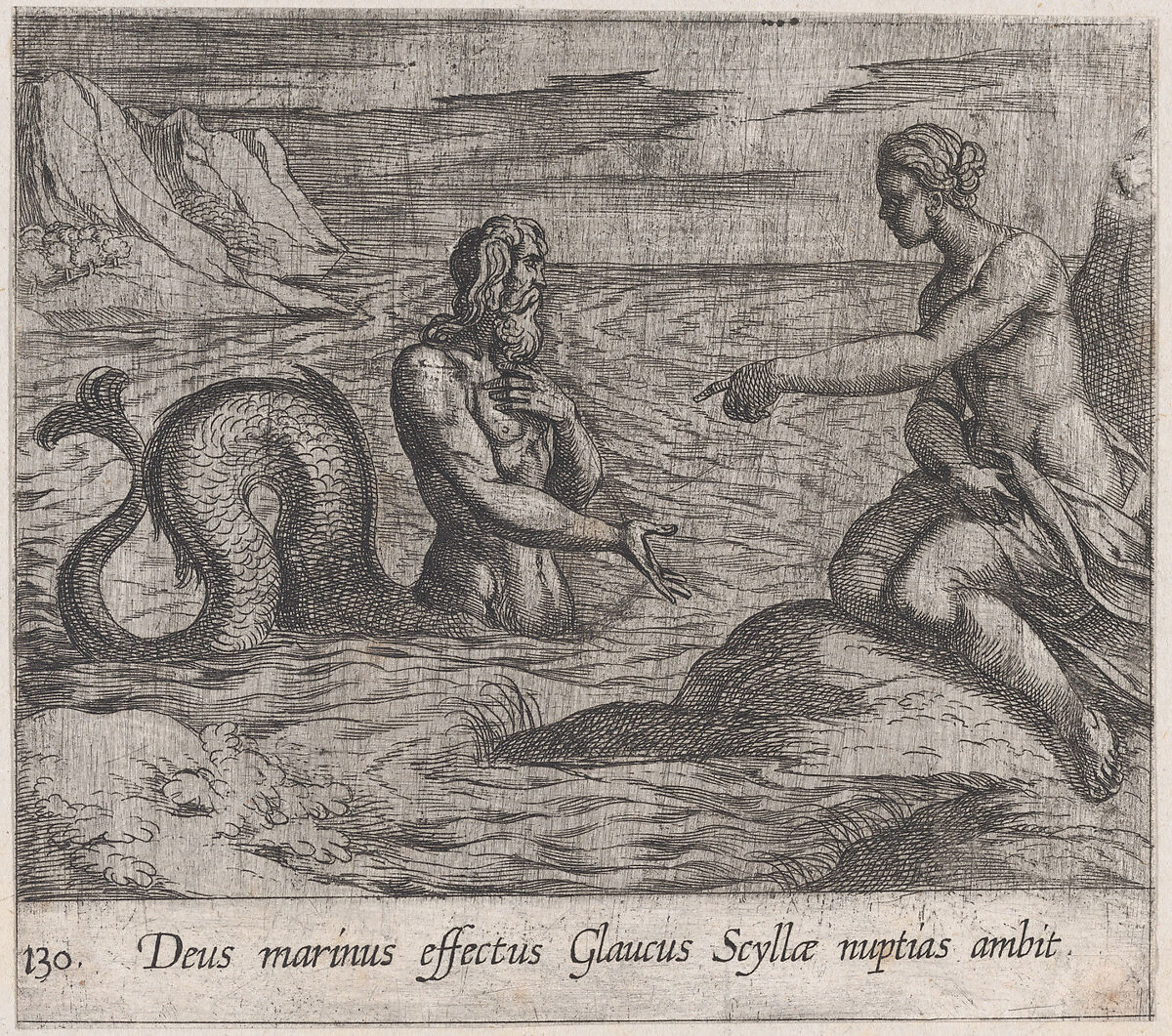
These two sea monsters are almost always referred to in Ancient Greek mythology as a pair. This is because they were said to be two monsters on either side of a narrow strait, making them far more dangerous to ships than they ever would have been individually. Scylla was a multi-headed, serpentine monster that reached out to grab sailors from their boats. Charybdis was essentially an enormous, living whirlpool that would devour entire ships whenever it got the chance.
The most famous Greek myth featuring these two sea monsters is the Odyssey. This is the story of Odysseus attempting to sail back to Greece after the Trojan War. In this story, the goddess Circe advises Odysseus to sail closer to Scylla than to Charybdis. She points out that it would make more sense to lose six men than the entire ship.
Sirens
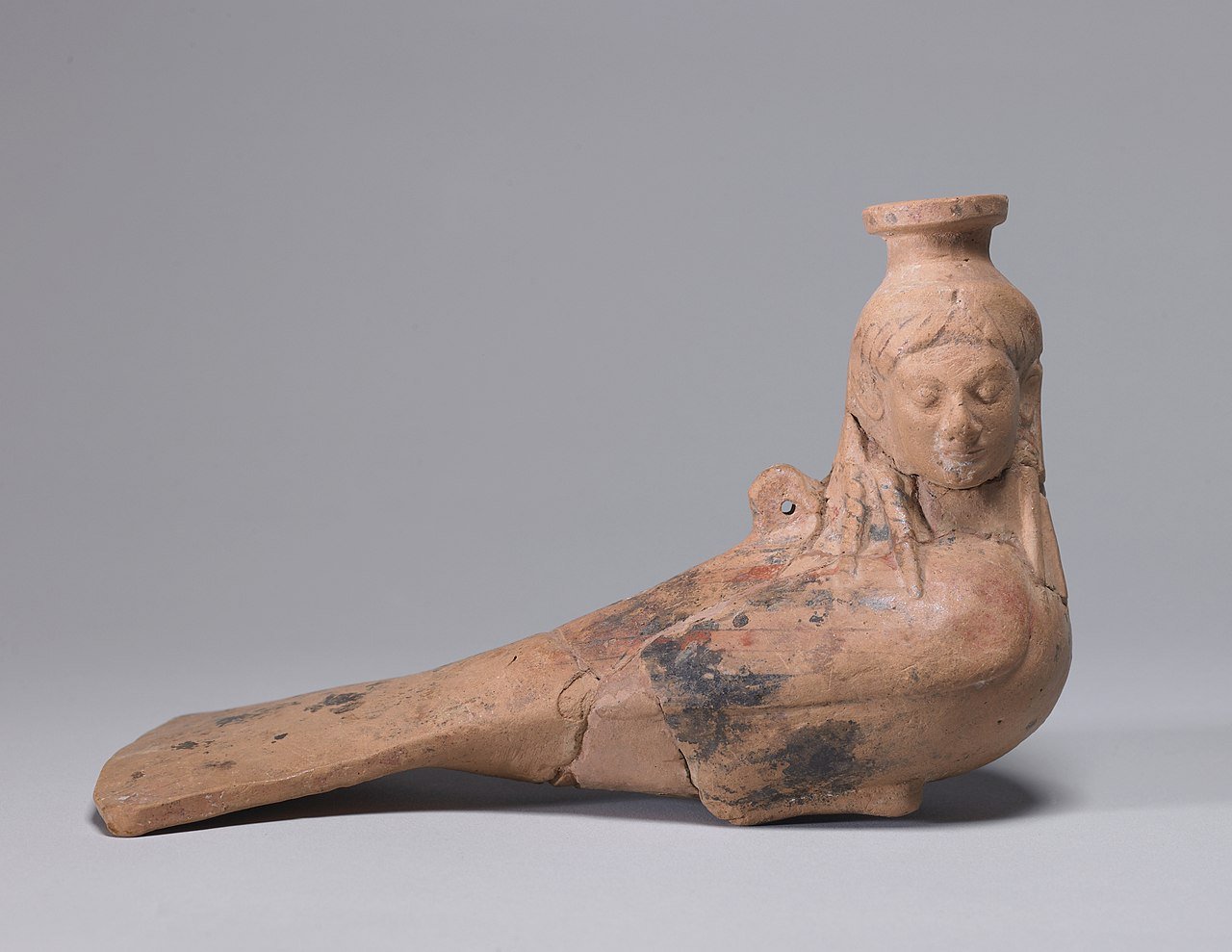
Although not ‘monsters’ in a traditional sense, the Sirens were creatures who lived in the sea and caused death and destruction to those who encountered them. They were half human, half bird, and always described as female. They did not live in the water itself, but on rocks or an island. Their method of killing involved singing an enchanting song. This would cause sailors to follow the sound of the song, leading to them walking off the ship or steering the ship into the rocks that the sirens were on.
As with Scylla and Charybdis, the sirens appear in the Odyssey. Homer describes two sirens living on a small island which Odysseus had to pass. He saved his crew by plugging their ears with wax, so that they could not hear the sirens’ song.
Cetus
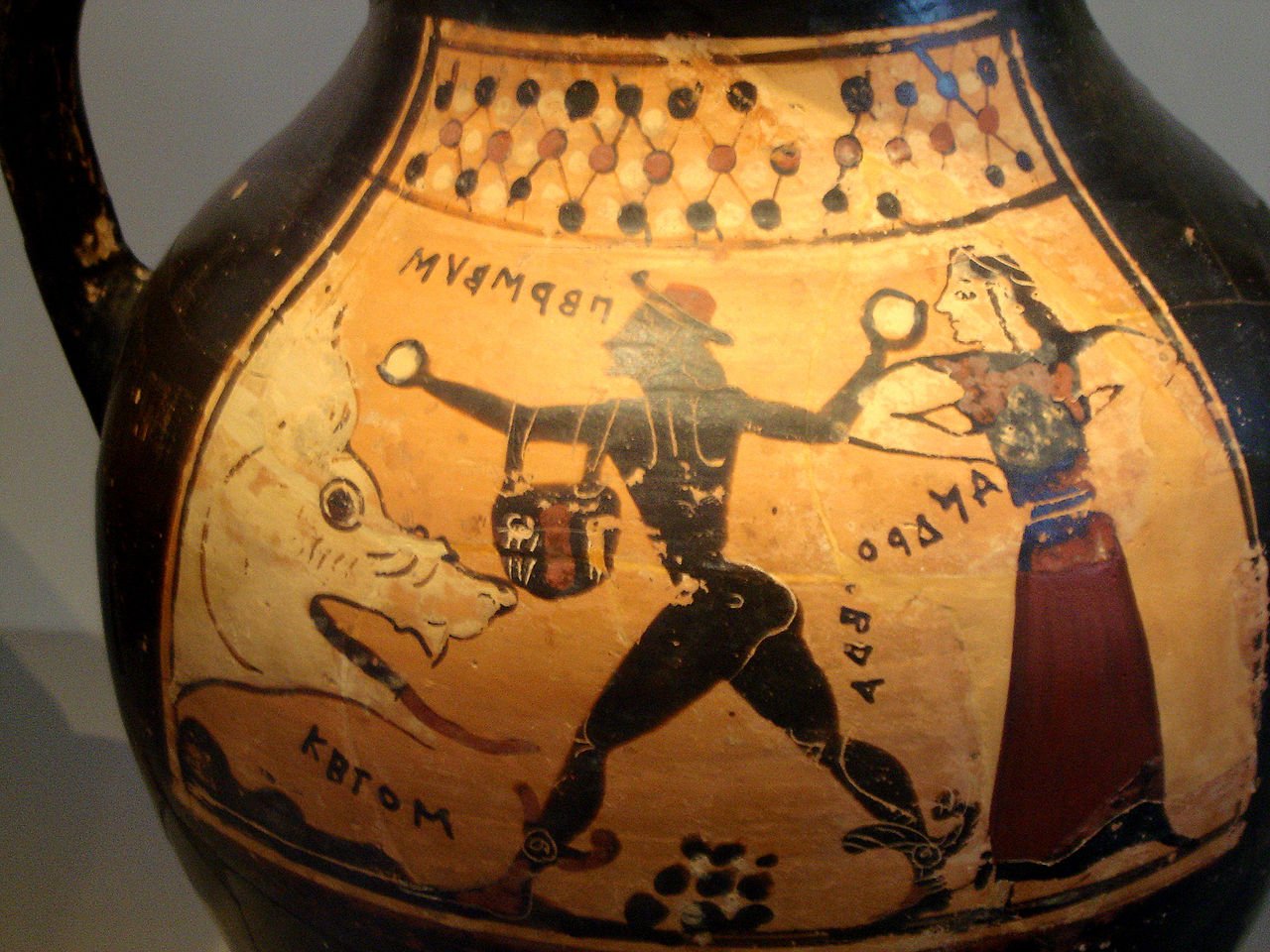
The name ‘Cetus’ was applied to more than one sea monster in Greek mythology. However, the most famous Cetus was the one encountered by Perseus. Cetus was a ferocious whale-like monster. It was released upon the shores of Ethiopia by Poseidon (the god of the sea in Greek mythology). The reason was that the queen of Ethiopia had boasted that her daughter, Andromeda, was more beautiful than the Nereid nymphs.
An oracle told the king and queen of Ethiopia that the only way of resolving the situation was to offer their daughter to the sea monster. Therefore, they tied her to a rock by the shore, waiting for Cetus to devour her. Perseus came to know of this, so he heroically defeated the sea monster. He did this either with his sword or by using Medusa’s head to turn it to stone.
Triton
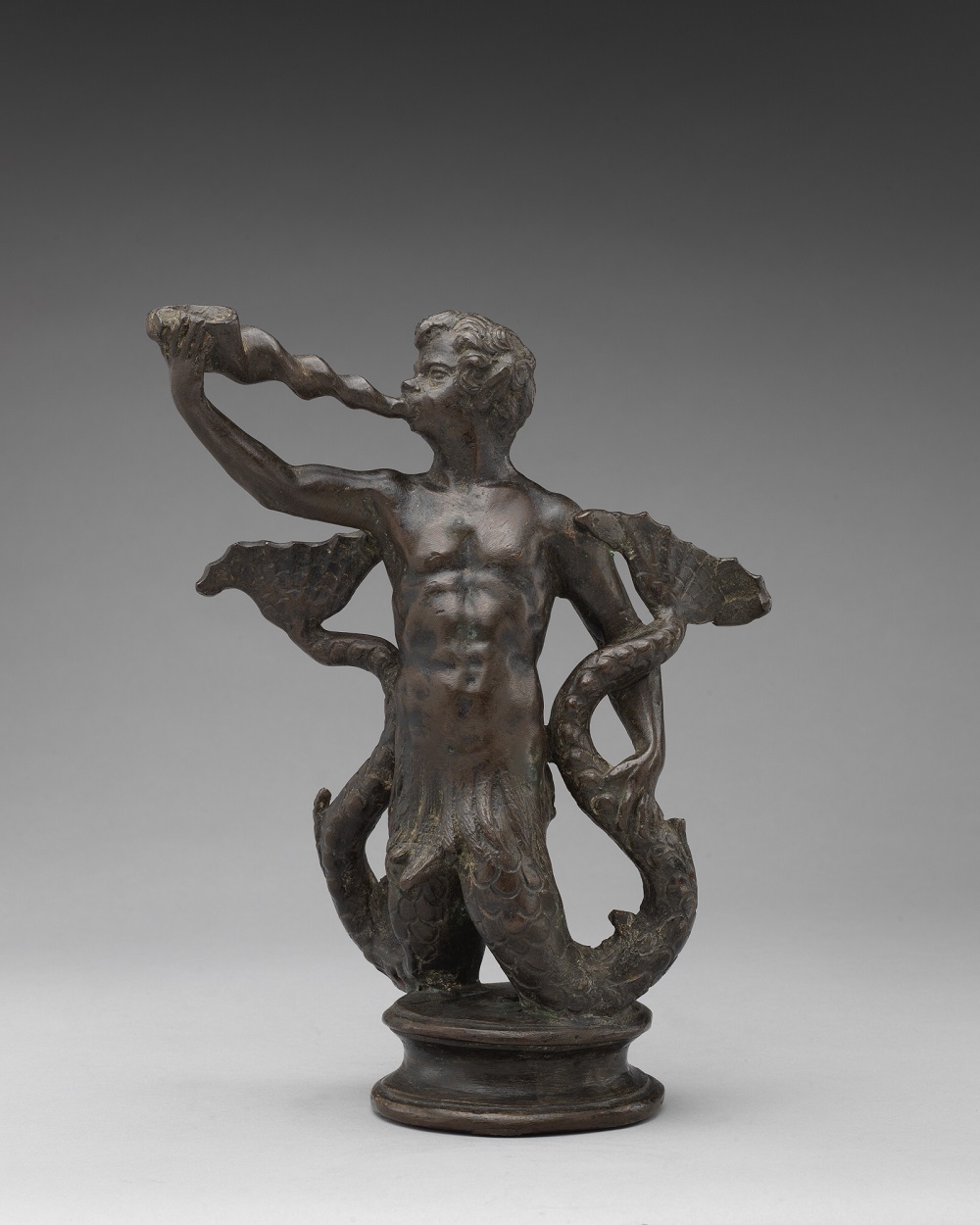
Not all sea monsters in Greek mythology were malevolent. Triton was a sea monster in that he was a bizarre, powerful creature who lived in the sea. He was half man, half fish, essentially a merman (a male mermaid). However, he is usually portrayed as benevolent, helpful to the main character of whatever story he features in. He was the son of Poseidon and Amphitrite. Greek poet Hesiod wrote that he lived at the bottom of the sea in a golden palace.
Triton was not only the son of Poseidon, but also his herald. This means that he acted as Poseidon’s messenger. He had a magical conch-shell trumpet, which he could use to calm the waves. So while he was a sea monster in his general characteristics, he was a force for good, not evil.
See all the latest news from Greece and the world at Greekreporter.com. Contact our newsroom to report an update or send your story, photos and videos. Follow GR on Google News and subscribe here to our daily email!



